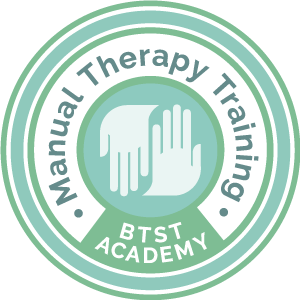Tennis elbow is a common injury that causes pain around the outside of the elbow and is clinically known as lateral epicondylitis.
As the name suggests this injury is commonly caused through playing racket sports such as Tennis, however this injury can also be caused through several other sports and repetitive daily activities.
Lateral Epicondylitis occurs from repetitive strenuous overuse of the extensor muscles and tendons of the posterior forearm, causing inflammation of the common extensor tendon that join the extensor forearm muscles onto the outside of the elbow (lateral epicondyle).
Ultimately the forearm muscles and tendons become damaged from overuse (repeating the same motions again and again). As the body becomes unable to repair the damage, as the rate of damage supersedes the rate of healing, therefore resulting in failed healing leading to pain and tenderness on the outside of the elbow.
Anatomy
Your elbow joint is made up of three bones: The Humerus (your upper arm bone) and the Ulna & Radius (the two bones in your forearm). The bony bumps at the sides of your elbow (bottom of the humerus) are called epicondyles. The bony bump on the lateral side (outside) of the elbow is called the lateral epicondyle.


The common extensor tendon that originates from the lateral epicondyle of the elbow is directly involved. The extensor carpi radialis brevis and longus, extensor digitorum, extensor digiti minimi, and extensor carpi ulnaris come together to form the common extensor tendon. The extensor carpi radialis brevis is almost always the primary muscle involved.
Recent studies show that Lateral Epicondylitis is often due to damage of the extensor carpi radialis brevis (ECRB) muscle which helps stabilize the wrist when the elbow is straight. This occurs during a tennis groundstroke, for example. When the ECRB is weakened from overuse, microscopic tears form in the tendon where it attaches to the lateral epicondyle. This leads to failed healing causing inflammation and pain.
The ECRB may also be at increased risk for damage because of its position. As the elbow bends and straightens, the muscle rubs against bony bumps. This can cause gradual wear and tear of the muscle over time.
Symptoms
The symptoms of Lateral Epicondylitis often develop gradually and in most cases, the pain begins mild and slowly worsens over weeks and months. There is usually no specific injury associated with the start of symptoms.
You may notice pain:
– When lifting or bending your arm
– When gripping small objects
– When turning a door handle or opening a jar
– Find it difficult to fully extend your arm.
Heres some useful sites and PDFs for further information on Lateral Epicondylitis, ‘Tennis Elbow’
NHS website https://www.nhs.uk/conditions/Tennis-elbow/
Oxford Shoulder and Elbow Clinic https://www.ouh.nhs.uk/shoulderandelbow/information/documents/A4TennisElbow.pdf
References
https://orthoinfo.aaos.org/en/diseases–conditions/tennis-elbow-lateral-epicondylitis/
https://www.sciencedirect.com/topics/neuroscience/common-extensor-tendon
